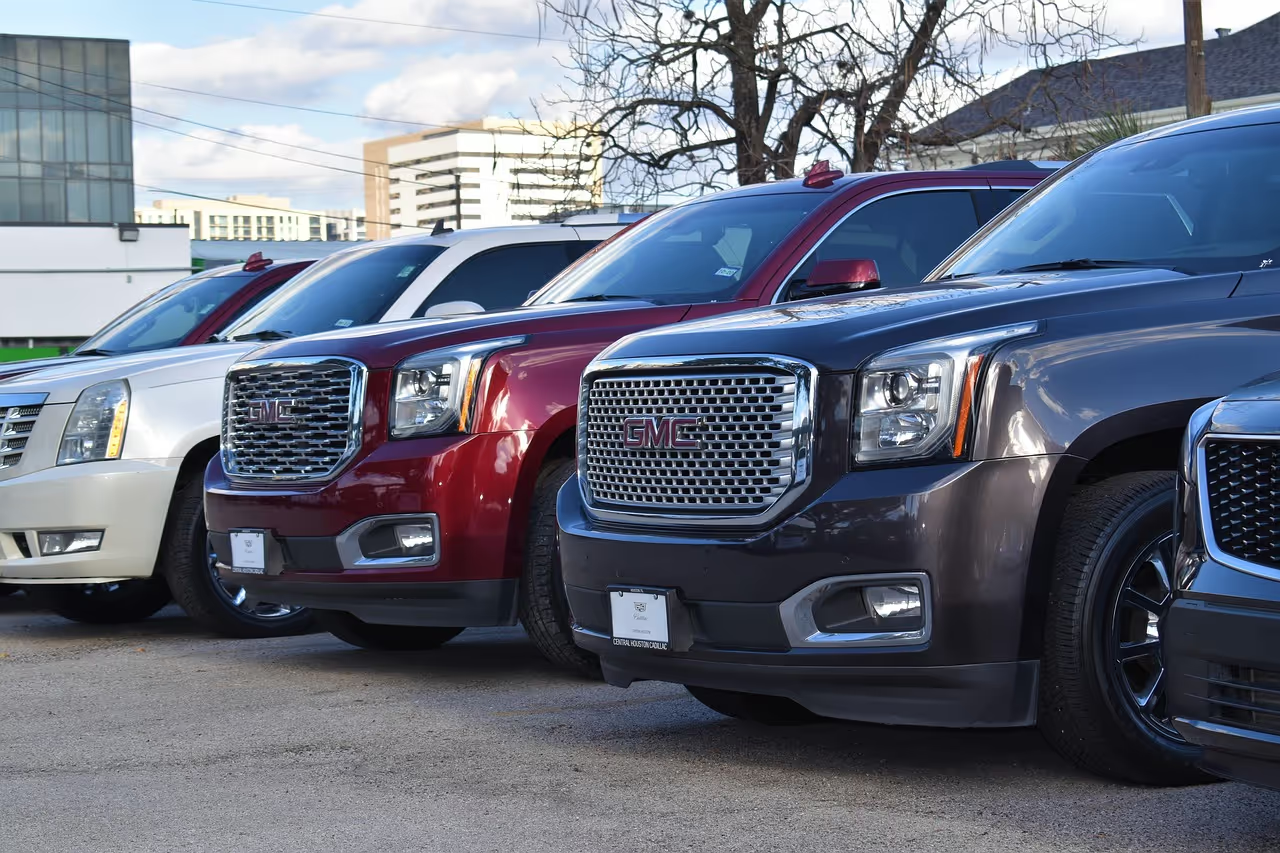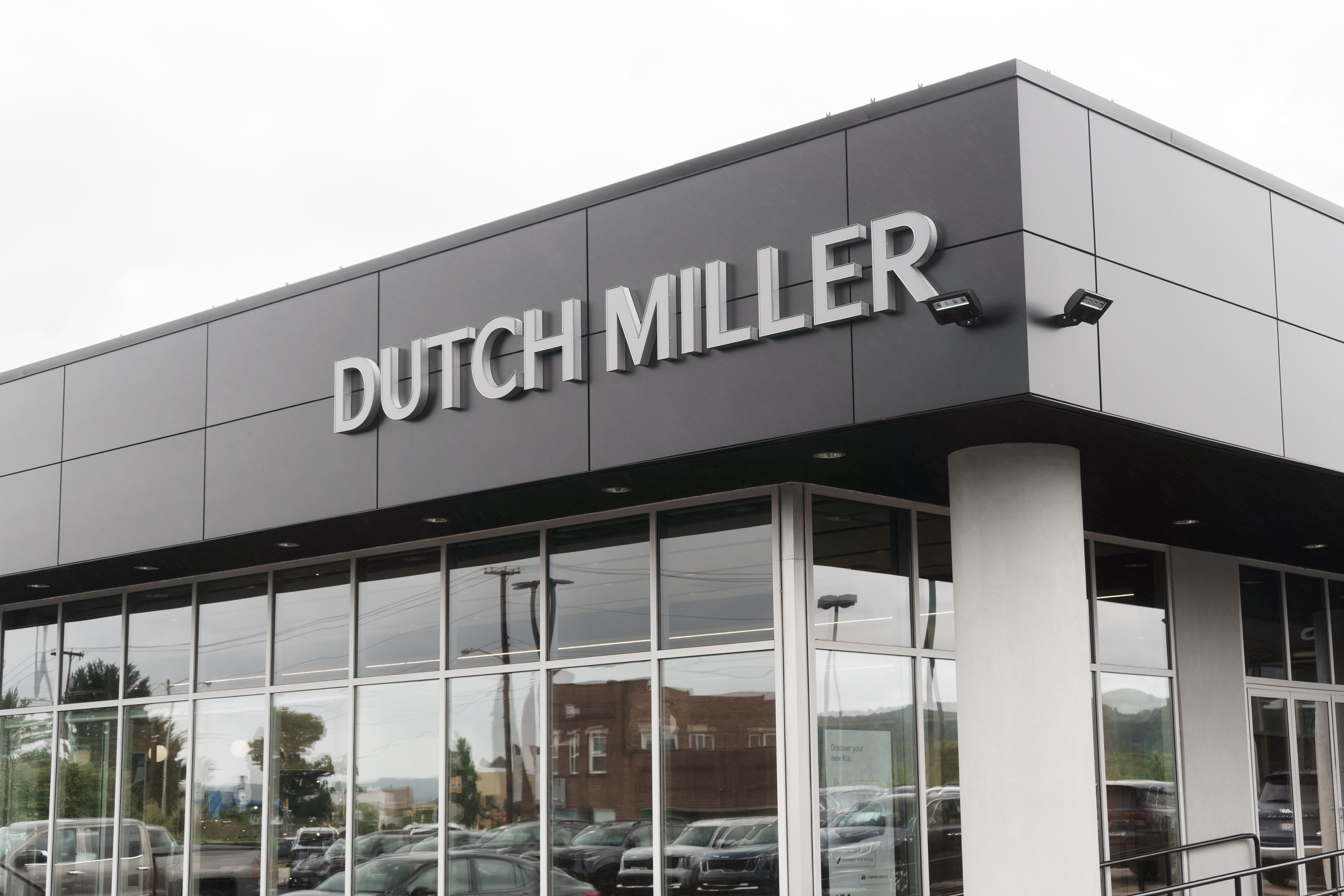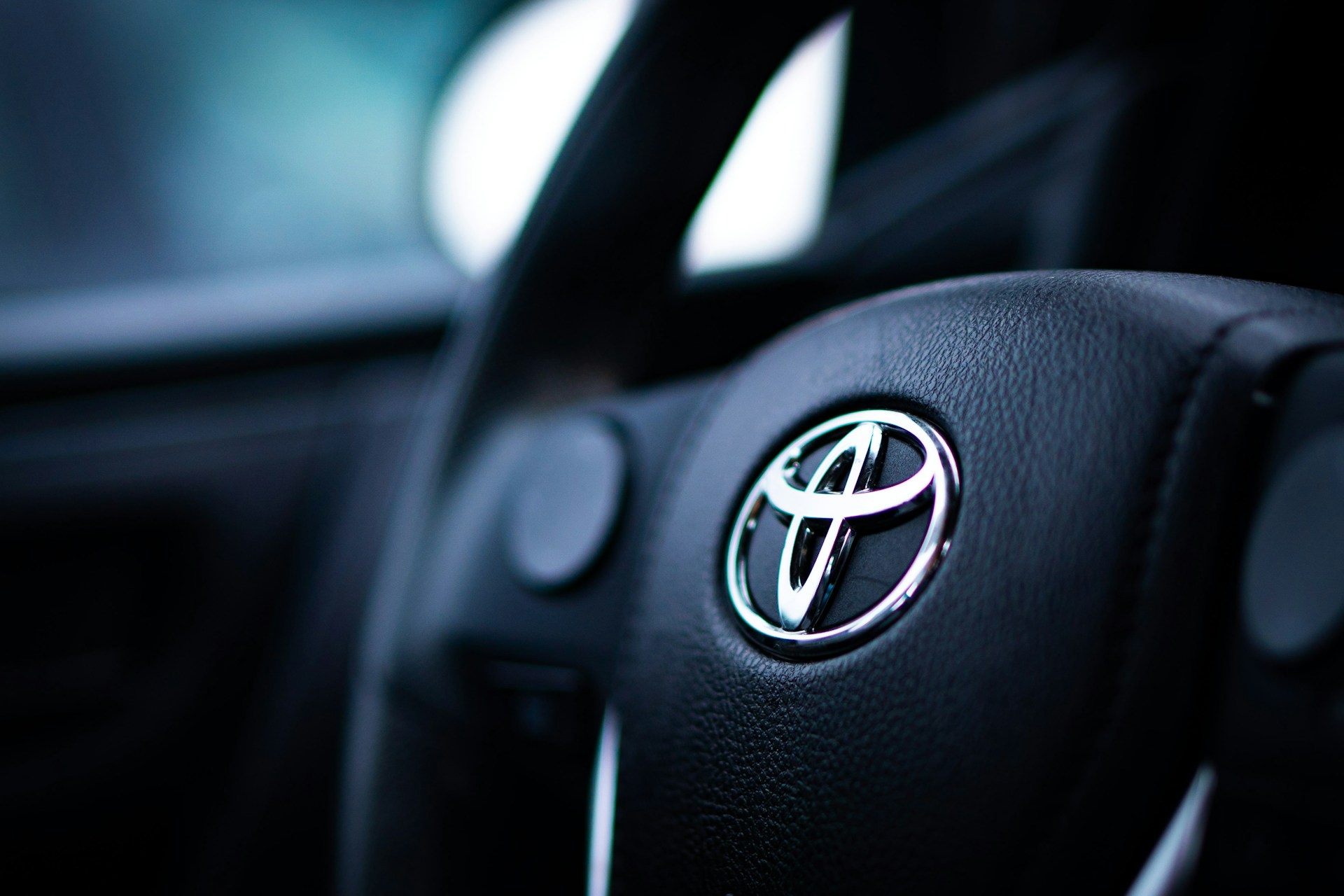Private Party Aquisition
Vehicle Acquisition Programs: Why One-Size No Longer Fits All
July 24, 2025

For years, dealerships large and small have tried to squeeze their buying strategies into a single framework hoping what worked once will keep working. But in 2025, the used car market is anything but one-size-fits-all. From shifting consumer demand to sourcing volatility, modern dealerships need acquisition programs tailored to their team, market, and business goals.
Let’s explore why rigid programs are limiting growth and what flexible, tech-backed acquisition strategies look like today.
The Problem with Outdated Acquisition Models
Traditional acquisition programs often assume consistent inventory sources, stable pricing, and minimal competition. That playbook doesn’t hold up anymore.
- Auction prices are volatile, and competition is fierce
- Trade-ins aren’t predictable, especially when new car sales fluctuate
- Private sellers have more platforms than ever, but are harder to reach manually
Dealers using generic acquisition workflows waste time chasing dead leads, overpaying at auction, or holding stale inventory. It’s not a system it’s a guessing game.
Why Customization Is the New Standard
Modern dealer operations especially in multi-rooftop environments need tools that adapt to the local market, store size, and inventory strategy.
A tailored vehicle acquisition program might mean:
- Targeting different vehicle types for urban vs. rural stores
- Customizing lead scoring based on regional demand
- Adjusting seller outreach cadence depending on staff bandwidth
- Centralizing data across locations to make smarter sourcing decisions
The right tech stack should support all of that and more.
What a Flexible Program Looks Like in Action
A modern acquisition program focuses on speed, fit, and profitability, not just lead volume.
With a platform like VETTX, dealers can:
- Launch targeted sourcing campaigns based on location or rooftop
- Score private seller leads and route them to the right buyer
- Get real-time alerts on inventory that matches your gaps
- Adapt acquisition workflows as your store grows or pivots
This approach not only fills your lot faster it reduces the bloat of vehicles that don’t sell.
Connected Tools, Not Siloed Effort
The most effective acquisition strategies pull together tools that speak to each other from lead gen to seller follow-up to deal close. That’s why programs that integrate with dealer management software and vehicle sourcing tools have a clear edge.
When your buying team can act on insights across rooftops and regions, every purchase gets smarter.
Final Thoughts
In today’s used car market, generic acquisition systems can’t keep up. Dealer success hinges on customization backed by the right tools, processes, and real-time insights.
If your acquisition program isn’t flexible, it’s probably costing you inventory and profit. Book a demo to see how VETTX builds a program that fits your exact needs.
Related Posts
Private Seller Sourcing: The Competitive Edge Most Dealerships Are Missing
Franchise dealerships across the country are facing the same brutal truth: the old ways of sourcing inventory just don’t cut it anymore.
Why Private Party Leads Are the New Gold Standard
Dealers have relied on auctions for decades—but the landscape is shifting fast.
How Smart Dealers Are Scaling Without Hiring More Buyers
In 2025, every used car dealer is chasing the same thing: more inventory without increasing headcount.
See it in Action
Discover how VETTX can supercharge your vehicle buying center. Schedule a free strategy call with our experts today and take the first step towards dominating your market.





